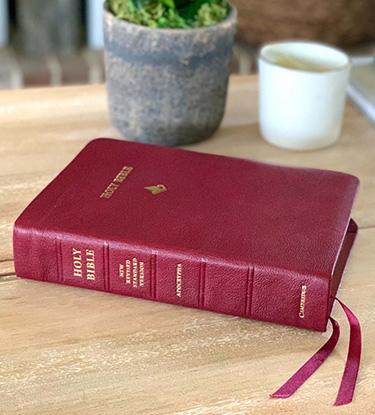How Banks Measure Financial Health of a Church Requesting a Loan
Take average cash flow after expenses divided by projected debt service. This is the net sum or another way to say it is annual budget surplus. Ex. $100K divided by $75K (future annual payments). This is 1.25 which is the minimum magic number for approval.
Projected debt service to giving units (families - single or full household). The smaller required giving from each household to service the debt, the better. $1,500 or less is best.
Number of giving units. Having more households spreads out the financial risk which is a good thing.
Revenue to giving units. The best score is having an average household (giving unit) giving of at least $2,000 per year.
Average years senior pastor has served at the church? Greater than 15 years, greater than 10, greater than 5 or less than 3 years. The longer the better.
Loan to value. The loan amount divided by the overall value of all property. Example: If property is worth $1 million and the loan can be up to $750,000 or 75% would be the highest score.
Fund raising collections history: Percentage of pledges that are fulfilled as a dollar amount, not a number of people amount. Example, if $100K was pledged and $90K came in, that would be 90% fulfillment rate.
Term debt repayment capability. This looks at how long it will take to repay the debt. Most churches have a 15 to 20-year repayment schedule as the norm. If you can repay the loan in full in 7 years or less, that would give the maximum score for the determination matrix.
Historical cash flow coverage. This means, “What was your cash flow coverage over the past 3 years?” “Coverage” means how much of the time over the past 3 years of income would the entire building payment been fully paid out of regular cash flow. The ideal is to show 25% more cash flow each year than what would have been required to make for the building payment.
Projected cash flow and projected debt service. (Future increased church income vs. the budget). This is often difficult to know. This would apply if certain line items will no longer be in the future budget (such as paying off a previous note) to allocate to the future payment. Just like #9, banks prefer to see 25% more cash available each year than what is required for the mortgage.
Debt service as a percentage of revenue. Less than 10% of total revenue going to the building payment is outstanding.
See Page 3 of this document for the Church Risk Matrix.
Maximizing Stewardship's opinion:
Biblical references to being in debt are often shown in a negative light, therefore, we are not big fans of borrowing. Plan to borrow as little as possible and repay it as soon as possible. Don’t put God to the test to bail you out with a negative net-worth property loan to asset ratio.
Last Updated
